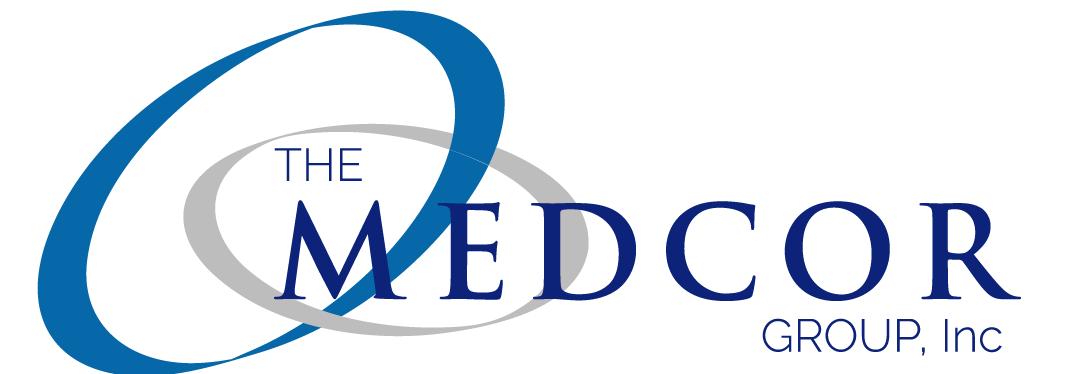Care management is at the center of value-based care. By focusing on touch points between office visits, you can optimize patient visits, reduce costs, and improve outcomes. But did you know these activities can also boost your bottom line?
In January 2015, the Centers for Medicare & Medicaid Services (CMS) began reimbursing for Chronic Care Management (CCM): non-face-to-face care coordination services for Medicare’s sickest beneficiaries—those with two or more chronic conditions. And in 2020, CMS also began reimbursing for Principal Care Management (PCM) for patients with just one chronic condition.
CCM and PCM can be a low-risk way to gain experience and proficiency with population health management and value-based reimbursement models. But while FQHCs of all sizes seem excited to embrace care management and value-based care, there are still many valid concerns. Very few are 100% “ready to go,” and not everyone sees the opportunity to increase profits.
As an FQHC leader, how can you turn CCM and PCM from a stressful undertaking into a profitable revenue stream? How do you make these programs work for your patients and your organization? We chatted with Jim Coburn, CEO of Vigilance Health, about an approach to care management that not only improves outcomes but is also a very attainable and profitable revenue stream.
What exactly does care management involve?
Care management services are provided apart from, and in addition to, in-person visits. These services are centered around amplifying and enhancing elements of primary care and offer critical support to patients with chronic conditions between visits with their primary care provider (PCP) as they work to achieve health goals and adhere to their PCP’s directives.
Program activities include:
- 24/7 access to a healthcare professional
- 20 minutes+ per month of services done with the patient or on their behalf
- Monthly check-ins by phone
- Help staying on top of preventive services
- Health coaching
- Answers to questions regarding medications
- Educational resources and tools
- Assistance with finding community resources
What are the benefits?
CMS recognizes care management as a critical component of primary care that contributes to better health outcomes and reduces overall healthcare costs.
Specific benefits include:
- Adherence to provider directives
- Reduction in avoidable emergency room visits
- Gap-in-care closure (preventive screenings, immunizations)
Care management puts patient needs first, which leads to higher patient engagement and reinforces compliant behaviors and medication management. It can also be a low-risk way to gain experience and proficiency with population health management and value-based reimbursement models, especially with today’s shift to alternative payment models. Those alternative touch points are critical.
Is care management only for Medicare beneficiaries?
No. While CMS was the first to reimburse for care management services (CCM and PCM), more than 40 other health plans across the country now reimburse for these services at or above CMS rates.
What are the biggest concerns you hear from FQHC leaders around care management?
Definitely lack of resources. There is just a shortage of everything: staff, time, and funds, and FQHCs are constantly asked to do more with less. Another big worry around care management is implementation and technology. It takes expertise that’s not necessarily in everyone’s wheelhouse, which can be daunting.
In healthcare today, we are facing a critical moment of transformation, simultaneously running a fee-for-service payment model and its antithesis, value-based care. The reality is, considering a patient’s overall health, quality of care, and health outcomes as measures for payment presents serious challenges and financial implications.
Providers must adapt and learn how to employ high-impact, high-value services to ensure long-term viability and remain profitable. They must address and improve patient health before, after, and in-between care encounters.
What advice can you share?
Don’t let your concerns overwhelm you to the point of inaction. With the right strategy and support, implementing and maintaining a high-functioning care management program is attainable. I like to make a comparison to river rafting; it is entirely possible to make it through even the most intense rapids, but you’d better have a great navigation plan in place.
Getting started is the hardest part for many centers, which is understandable. It requires a hard look at your strengths and weaknesses, which can be challenging. Don’t be afraid to acknowledge the “weaknesses.” Seeking outside expertise is not admitting to failure but committing to growth. That’s the first big “aha moment” for many FQHCs. You don’t have to do it alone.
You mentioned the “first big “aha moment.” What are the others?
There really are a series of revelations that take place; I see it all the time with our clients. The first step is the hardest—realizing that, sometimes, it’s neither feasible nor advantageous to do everything in-house. But once a center has gathered the right partners and resources, the results start rolling in; they start hitting benchmarks. Centers begin to feel empowered and are excited to expand care management offerings.
The absolute biggest “aha,” though, is when they see that, if done correctly, CCM and PCM can positively impact not only their patients but also their profitability. FQHC leadership can’t believe the amount of revenue these services can produce. With no upfront cost, the program pays for itself with plenty of additional revenue for the center.
We see approximately $1 million in annual revenue for every 1,000 patients. And, while CMS was the first to reimburse for care management services (CCM and PCM), more than 40 other health plans across the country now reimburse for these services at or above CMS rates. So, when you consider CMS’ prediction that the number of people with multiple chronic conditions will reach almost 80 million by 2030, the opportunity for FQHCs to capitalize on CCM and PCM is extraordinary.
So, what’s the secret? How does an FQHC make care management profitable?
It’s not a secret that many centers struggle with reimbursement. As mentioned, many FQHCs simply don’t have enough time, money, or resources. CFOs share stories of billing staff shortages, provider burnout, and reporting nightmares. The challenges they face are simply overwhelming. How can you ensure your billing department is well acquainted with the nuances of care management reimbursement when you don’t even have enough staff?
Every center is different, but again, I suggest a candid look at strengths and weaknesses. Even if you have a CCM or PCM program in place, are you being appropriately reimbursed for all services provided? If you have a competent billing department, be sure they are regularly trained to handle CCM/PCM claims. Monitor denials and identify/correct at the source (coding, enrollment, etc.) Finally, track related revenue and look for opportunities to diversify services and increase profits.
When considering outside vendors on the billing side, you want to look for a true FQHC revenue cycle partner, not just a billing company. We are acquainted with Medcor because of their FQHC expertise. It’s vital that your revenue cycle partner understands FQHC reimbursements and is also up-to-date on ever-changing program requirements, qualifiers, codes, billing specifications, and timelines of care management.
FQHCs must take advantage of the revenue opportunities CCM, PCM, and other care management initiatives present. Remember, it’s about taking control and changing your mindset. You can have a care management program that improves care while driving revenue. You don’t have to do this alone; with the right partners, you can master care management and ensure long-term viability and profitability for your center.
How much new income could your center see from Chronic Care Management reimbursements? Check out the CCM Reimbursement Calculator.

